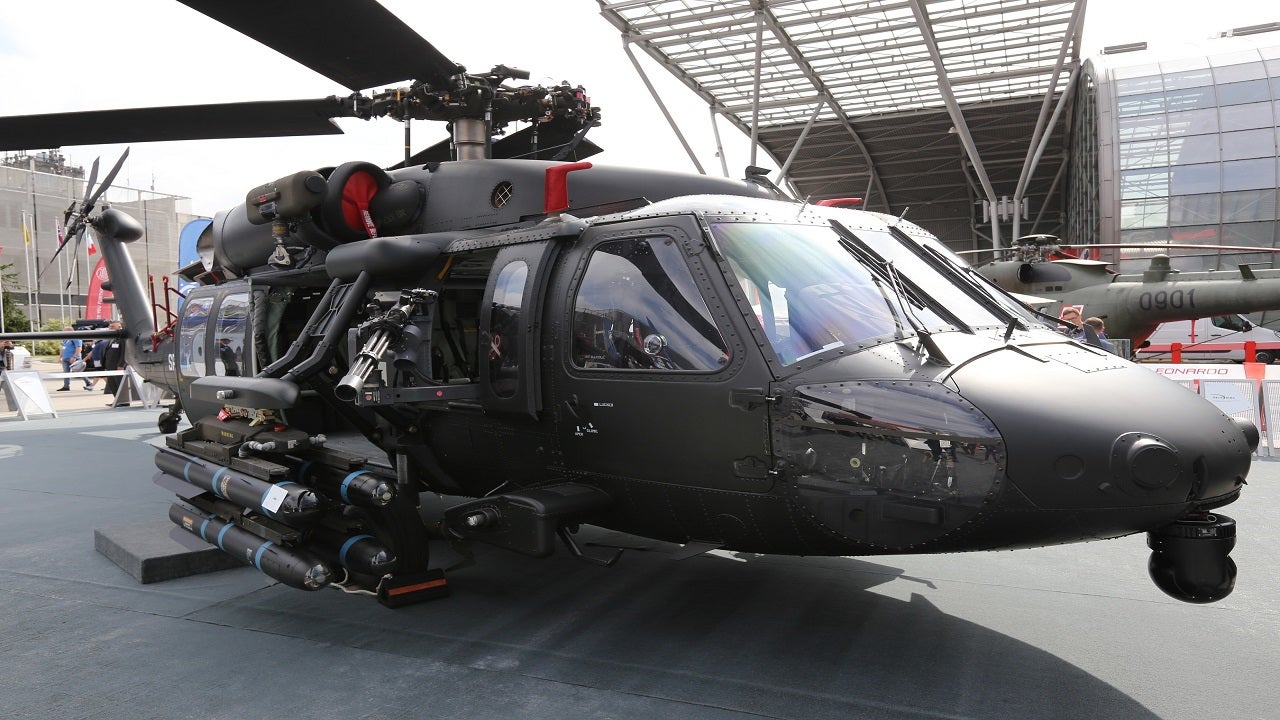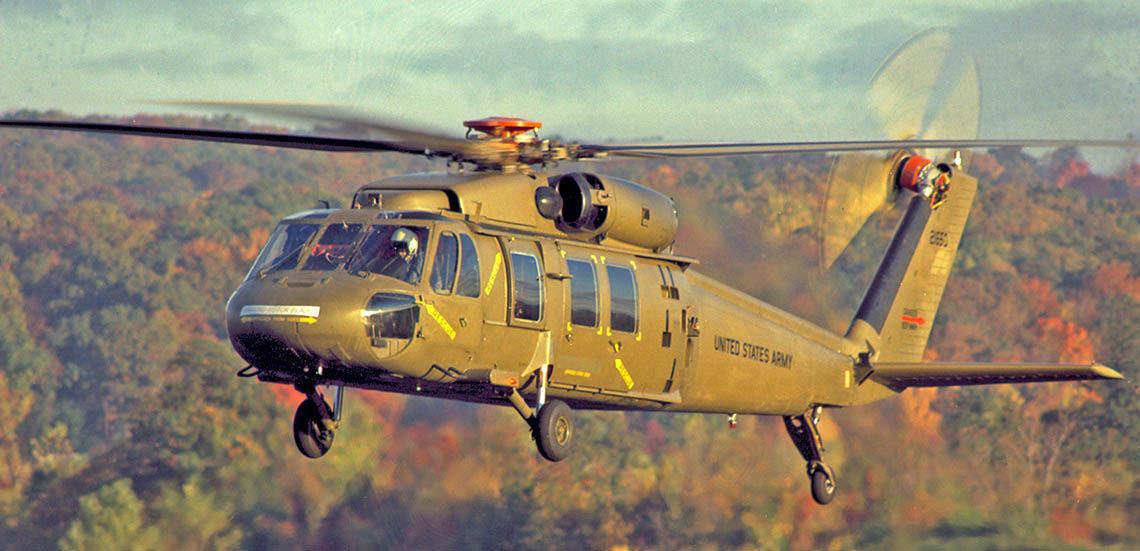High-Performance Multi-Role Rotorcraft Featuring Advanced Cabin Technologies and Integrated Sensor Solutions
The realm of rotorcraft technology has seen remarkable improvements in current times, specifically in the realm of high-performance multi-role rotorcraft outfitted with innovative cockpit technologies and flawlessly integrated sensing unit systems. In the complying with discussion, we will discover the evolution of rotorcraft modern technology, dig right into the realm of innovative cockpit innovations, and take a look at the implications of incorporated sensor systems on the functional versatility and effectiveness of modern rotorcraft.
Advancement of Rotorcraft Technology
The advancement of rotorcraft technology has been noted by considerable developments in the rules of aerodynamics, materials, and propulsion systems, shaping the capacities and performance of modern rotorcraft. Aerodynamic improvements have actually boosted the efficiency and maneuverability of rotorcraft, enabling increased rate, agility, and security throughout trip (sikorsky s 70). Developments in products, such as using composite products and progressed alloys, have caused lighter yet more powerful rotorcraft frameworks, improving general performance and durability. Furthermore, innovations in propulsion systems, including much more powerful engines and innovative propulsion modern technologies, have enabled rotorcraft to achieve higher elevations, faster rates, and better hauls.
These innovations have not just transformed the capabilities of rotorcraft but have actually also expanded their applications throughout various sectors, including military, business, and emergency situation services. The continuous evolution of rotorcraft technology remains to drive development in the field, pushing the boundaries of what is feasible and shaping the future of upright trip.
Advanced Cockpit Innovations
Structure upon the fundamental improvements in the rules of aerodynamics, materials, and propulsion systems, the world of rotorcraft technology now shifts emphasis towards introducing Advanced Cabin Innovations. The combination of cutting-edge modern technologies within the cockpit setting plays a critical function in enhancing the functional abilities, safety, and effectiveness of modern rotorcraft. sikorsky s 70. Advanced Cabin Innovations incorporate a broad selection of features designed to provide pilots with boosted situational understanding, streamlined information monitoring, and user-friendly control user interfaces
One of the crucial improvements in cockpit layout is the execution of glass cabins, which replace conventional analog assesses with high-resolution display screens. These electronic systems supply adjustable formats, real-time data combination, and enhanced readability, allowing pilots to gain access to vital information at a glance. Advanced avionics systems, such as fly-by-wire controls and enhanced reality display screens, are transforming exactly how pilots connect with the airplane, allowing for precise control and boosted decision-making abilities.


Integrating advanced cabin technologies not just boosts pilot efficiency however additionally adds to total objective effectiveness and safety in complicated operational settings. By leveraging cutting edge innovations within the cockpit, rotorcraft suppliers are setting brand-new requirements for operational quality and objective success.
Integrated Sensor Systems
With the evolution of rotorcraft modern technology, the combination of advanced Integrated Sensor Equipment has become vital in improving functional performance and security. These Integrated Sensing unit Solutions encompass a vast range of technologies that provide critical information for various functions such as navigation, security, targeting, and environmental surveillance. By effortlessly integrating sensing units like radars, cameras, lidar, and infrared systems into rotorcraft, drivers can take advantage of enhanced situational recognition, enhanced objective capabilities, and lowered pilot workload.
One secret benefit of Integrated Sensor Systems is their capability to gather real-time information and provide actionable understandings to pilots and goal operators. Advanced radar systems can spot and track targets over long ranges, permitting for early risk discovery and reliable reaction preparation. In addition, integrating infrared and electro-optical video cameras makes it possible for rotorcraft to perform reconnaissance and surveillance missions with accuracy and precision.
In essence, the integration of advanced sensing unit technologies into rotorcraft not only enhances operational efficiency yet additionally adds significantly to general goal success and staff safety and security. As rotorcraft remain to advance, the role of Integrated Sensor Equipment will unquestionably stay at the center of technology in the aerospace sector.
Functional Versatility and Efficiency
Enhancing operational convenience and efficiency in rotorcraft is an all-natural progression from the integration of sophisticated Integrated Sensing unit Solutions. By leveraging the insights and data given by these cutting-edge sensing unit systems, rotorcraft can maximize their performance throughout various objectives and environments.
Functional versatility incorporates the capability of rotorcraft to adapt to various duties and scenarios efficiently. With innovative cabin modern technologies and incorporated sensing unit systems, rotorcraft can perfectly transition between tasks such as search and rescue, medical discharge, surveillance, and extra. This adaptability improves the rotorcraft's capability article source to satisfy diverse operational requirements without requiring substantial reconfiguration.
Performance in rotorcraft procedures is critical for making best use of mission performance and source application. Integrated sensor systems play a pivotal duty in improving operational efficiency by providing real-time data on climate condition, terrain mapping, target monitoring, and extra. This information enables pilots to make informed decisions swiftly, optimize trip paths, conserve fuel, and boost overall mission performance.
Effect On Modern Air Travel Procedures

Furthermore, the integration of sophisticated sensors facilitates enhanced objective see here now planning and execution, enabling rotorcraft to do a broad range of tasks with boosted precision. From search and rescue operations to airborne firefighting and regulation enforcement objectives, the abilities of modern-day rotorcraft geared up with sophisticated cockpit technologies and incorporated sensing unit systems are unparalleled.
In addition, the impact of these improvements extends past functional performance to cost-effectiveness and sustainability. By maximizing flight courses, gas consumption, and maintenance timetables, high-performance rotorcraft furnished with innovative cockpit innovations and sensing units add to reducing functional prices and environmental impact, making them important properties in modern-day air travel procedures.
Final Thought
In verdict, the high-performance multi-role rotorcraft with innovative cabin innovations and incorporated sensor systems stands for a substantial development in aeronautics modern technology. These advancements enhance operational versatility and efficiency, inevitably affecting contemporary air travel operations in a favorable method. The combination of these sophisticated technologies permits improved capabilities and performance in different goal circumstances, showcasing the continued advancement of rotorcraft innovation in the air recommended you read travel market.
The realm of rotorcraft technology has seen noteworthy developments in current times, especially in the world of high-performance multi-role rotorcraft outfitted with sophisticated cabin innovations and seamlessly integrated sensing unit systems. From boosted goal adaptability to improved operational performance, the merging of advanced cabin innovations and integrated sensor systems has actually ushered in a new age of possibilities for rotorcraft applications. In the following conversation, we will explore the advancement of rotorcraft modern technology, dig into the world of advanced cabin technologies, and analyze the implications of incorporated sensing unit systems on the functional flexibility and performance of contemporary rotorcraft.
